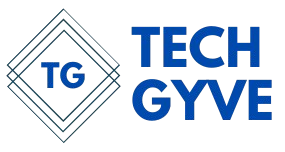In a feat of ingenuity that bridges science fiction and reality, Hudhaifa Nazurdin, a student from the University of Waterloo, has successfully assembled a fusion reactor—right in his own home. With no prior experience in nuclear physics or engineering, Nazurdin’s project was not only groundbreaking but also a testament to the growing role of artificial intelligence in democratizing complex scientific endeavors.

Nazurdin documented his journey on the social platform X, where he detailed the four-week process of building the fusion reactor. Starting with only an idea, the student designed the blueprint for his reactor and sourced the necessary components from online marketplaces and local hardware stores. Remarkably, it took him just one week to gather the materials. His primary power source? A transformer from a 12 kV neon sign—a resourceful choice that showcased his ability to think outside the box.
But it was the use of AI that truly elevated the project. With little experience in assembling such sophisticated machinery, Nazurdin turned to a neural network to fill in the gaps in his knowledge. From vacuum mechanics to plasma generation, the AI provided step-by-step guidance, effectively becoming a virtual mentor. By the fourth week, Nazurdin had achieved a vacuum pressure of 25 microns, and—most impressively—he successfully generated plasma.
While the project hasn’t yet achieved thermonuclear fusion, recreating such an experiment at home marks a milestone for young scientists around the world. It demonstrates that complex scientific projects, once the domain of multi-million-dollar labs, are increasingly accessible to those with the right blend of creativity, determination, and AI-enhanced learning.

Nazurdin’s project also opens the door for future DIY science, where AI can guide students and amateur scientists through the most intricate experiments. nAs neural networks continue to evolve, the possibilities for scientific experimentation will only expand, empowering individuals to make significant strides in fields like fusion energy—potentially from the comfort of their homes. This could be the dawn of a new era where global scientific innovation is not just driven by major institutions but also by creative minds with access to AI tools and an insatiable curiosity.
Nazurdin’s work is a reminder that the future of innovation may lie as much in the hands of those tinkering at home as it does in the world’s most advanced labs.
